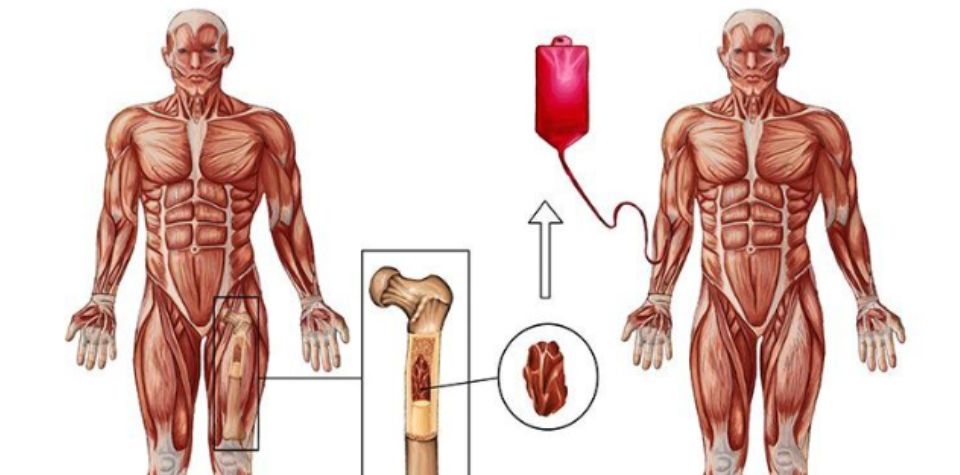Sickle cell disease is a condition you may have heard about, but not everyone knows what it is. Imagine that our blood is like a river, and inside this river, there are tiny boats called red blood cells. These cells carry oxygen, the fuel our body needs to work correctly.
Usually, these red blood cells are shaped like round donuts, but in SCD, some of these cells look more like crescent moons or sickles. This unusual shape can cause many problems.
What is Sickle Cell Disease?
Sickle cell disease is a health condition that affects red blood cells. Red blood cells are usually flexible and round, so they can move quickly through blood vessels to carry oxygen around the body. Oxygen is the special fuel our body needs to work well.
In SCD, some red blood cells are shaped like crescent moons or the letter “C.” These cells, called “sickle cells,” are stiff and sticky. They may get stuck in small blood vessels, blocking blood flow and causing pain. Sickle cell disease is genetic, meaning it is passed down from parents to children.
If a child gets the sickle cell gene from both parents, they will have the disease. If they get the gene from one parent, they have sickle cell trait, which usually doesn’t cause problems but can be passed to their children. Understanding this disease helps people manage it and stay healthy.
Also read: Common Mental Health Conditions and their Treatments
Causes of Sickle Cell Disease
SCD happens because of a change, or mutation, in the hemoglobin gene. Hemoglobin is a special protein in RBCs that carries oxygen throughout the body. In sickle cell disease, the hemoglobin is different, making the red blood cells change from being round to looking like a sickle or crescent moon.
Genetic Inheritance
This disease is genetic, which means it’s passed down from parents to their children. Each person has two hemoglobin genes, one from their mother and one from their father. For a child to have sickle cell disease, they must inherit a sickle cell gene from both parents.
If they inherit only one sickle cell gene and one normal gene, they have what is called the sickle cell trait. People with sickle cell trait usually don’t have symptoms, but they may pass the sickle cell gene to their children. So, if both parents carry the sickle cell gene, there is a chance their child will have SCD.
Understanding these genetic roots helps doctors and families better manage and treat the condition.

Symptoms of Sickle Cell Disease
Sickle cell disease can cause different symptoms that vary from person to person. Some common symptoms include:
- Pain: This is the most common symptom of SCD. It can happen anywhere in the body, often in the bones, joints, and chest.
- Anemia: This occurs when there aren’t enough healthy red blood cells to carry oxygen. It can make a person feel very tired and weak.
- Swelling: Hands and feet may swell because of blocked blood flow.
- Infections: Individuals with SCD are more likely to get infections because their spleen, which helps fight infections, may not work well.
- Delayed Growth: Children with sickle cell disease may grow slower and start puberty later than other kids.
- Vision Problems: Blood vessels in the eyes may be affected, causing vision issues.
These symptoms can come and go. Some people may have mild symptoms, while others may have more severe problems. Regular check-ups with doctors help manage these symptoms and keep people with sickle cell disease healthy.
How is Sickle Cell Disease Diagnosed?
Doctors can diagnose SCD with a simple blood test. This test looks for the sickle cell gene in the blood. In many places, this test is done right after a baby is born as part of routine newborn screening. This way, parents can find out if their baby has SCD very early, which helps in starting treatment as soon as possible.
Sometimes, people might be tested for sickle cell disease later in life. It usually happens if they start showing symptoms like pain or anemia or if there is a family history of the disease. The blood test can also identify if a person has sickle cell trait, meaning they carry the gene but usually don’t have symptoms.
Early diagnosis is essential because it allows doctors to monitor the person’s health closely and provide treatments to help manage the disease. Regular check-ups and blood tests can help keep the symptoms under control and prevent complications.
Management and Treatment
A bone marrow transplant or stem cell transplant can cure sickle cell disease. To do this, you need a donor who is healthy and a good genetic match, like a brother or sister. During the procedure, you get healthy marrow from the donor. However, only about 18% of people with SCD have a matching donor.
Treatment Options for Sickle Cell Disease
Treating SCD involves different methods like medicines, blood transfusions, bone marrow transplants, and gene therapy. Treatment often starts with antibiotics. Newborns with severe sickle cell disease take antibiotics twice daily until they are five years old to help prevent infections.
Medications for Sickle Cell Disease
Most people with SCD take medicines to make their condition less severe and to manage symptoms. These medicines include:
- Crizanlizumab: This medicine stops sickled RBCs from sticking to the walls of blood vessels. It helps blood flow better and reduces swelling and pain crises.
- Voxelotor: Voxelotor can stop red blood cells from changing shape and sticking together. It helps keep red blood cells from breaking down, improving blood flow to your organs and lowering the risk of anemia.
- L-glutamine: This medicine helps relieve pain and can lower the number of pain crises you experience. Other pain relief options include drugs like NSAIDs and opioids.
- Hydroxyurea: Hydroxyurea can help prevent many problems caused by SCD, including reducing frequent pain episodes, acute chest syndrome, and severe anemia.
Blood Transfusions
Your healthcare expert may suggest specific transfusions to treat and prevent problems caused by sickle cell disease. These transfusions may include:
- Acute Transfusions: Acute blood transfusions can treat complications that lead to severe anemia. Your doctor may also use a transfusion during crises like strokes, acute chest syndrome, or organ failure.
- Red Blood Cell Transfusions: Transfusions of red blood cells can boost the number of healthy red blood cells in your body, replacing sickled cells with normal ones.
Bone Marrow Transplant
A stem cell transplant may help to cure sickle cell disease. This procedure, also known as a blood or marrow transplant, needs a donor who matches well, such as a brother or sister. Researchers are studying how to improve transplants from donors like parents or siblings who are only a half-match. Your doctor will talk to you about the pros and cons of this treatment for your situation.

Also read: Muscle Spasm Management: Step-to-Step Guide for Patients
Lifestyle and Support
Healthy Lifestyle
- Hydration: Staying hydrated by consuming lots of water is vital to keep blood flowing smoothly.
- Nutrition: Eating balanced, healthy meals with lots of fruits and vegetables helps keep the body strong.
- Exercise: Regular, gentle exercise can also be helpful, but it’s important to avoid overexertion.
Support for People with Sickle Cell Disease
Support from family, friends, and healthcare experts is crucial for managing sickle cell disease. There are also support groups and organizations that can provide information, resources, and a sense of community for those affected by the disease.
Research and Future Treatments
Research is ongoing to find better treatments and, ultimately, a cure for this disease. Some promising areas of research include:
- Gene Therapy: This aims to fix the faulty gene that causes sickle cell disease.
- New Medications: Scientists are developing new drugs to reduce symptoms and complications.
- Improved Bone Marrow Transplants: Researchers are working on making bone marrow transplants safer and more widely available.
Conclusion
Sickle cell disease is a severe condition that impacts many people around the world. By understanding what it is, what causes it, and how it can be managed, we can better support those who live with it.
With ongoing research and advances in medicine, there is hope for better treatments and a cure in the future.












One thought on “All You Need to Know About Sickle Cell Disease”